Discovering newborn galaxies in deep space
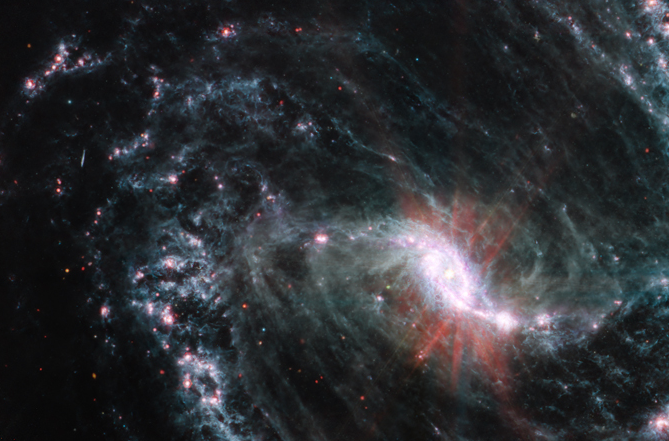
Greetings, space and cosmic science lovers. Today we’re going to talk about the James Webb Space Telescope and its incredible ability to reveal to us the deepest secrets of the universe, including some newly arrived galaxies! Imagine you are a time traveler, but instead of a time machine, you have the James Webb Space Telescope. This incredible telescope allows us to look back in time farther than any previous telescope ever could.
In the vast universe, galaxies are like neighborhoods of stars and gas. Like the milk in your refrigerator, galaxies also have an expiration date. The farther we look in space, the further back in time we travel, and thus, we can see how galaxies evolved from their birth until today. For most of the history of the universe, galaxies have behaved like good cosmic citizens, there is a close relationship between how many stars are formed and how many heavy elements are created. But here’s the kicker: the oldest galaxies don’t follow the rules. Why? Well, these galaxies are a bit like rebellious teenagers, they are still in the process of formation and haven’t had time to make heavy elements.
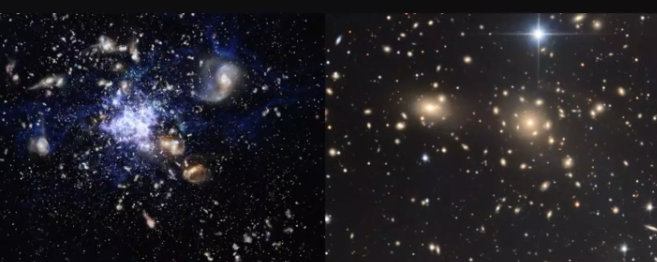
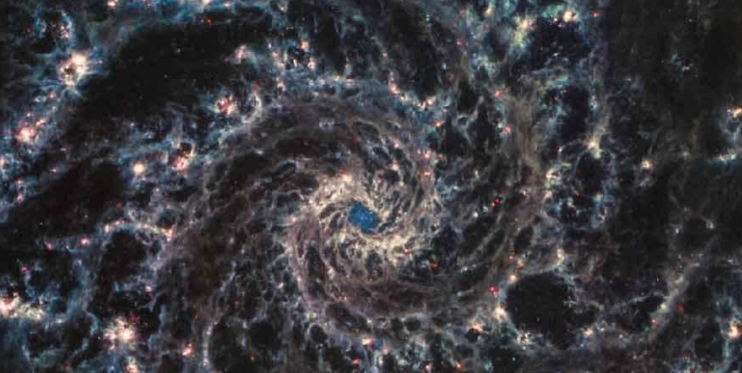
James Webb to the rescue! This space telescope, which is like the James Bond of space, has broken records time and again by finding the farthest galaxies ever seen. It is taking us closer and closer to the time when the first galaxies were born. It’s like looking directly into the infancy of the universe! A group of daring astronomers at the Cosmic Dawn Center in Copenhagen has discovered what appears to be a group of galaxies that are still in cosmic infancy. Until recently, this was like trying to find needles in a haystack, but James Webb has made this feat possible.
The relationship between the number of stars in a galaxy and the number of heavy elements in it is a bit more complicated than it seems. The speed at which a galaxy gives birth to new stars also plays an important role. It’s like trying to balance juggling plates and pans! But here comes the surprise: these newborn galaxies are breaking the cosmic rules, they have far fewer heavy elements than would be expected based on their size and the rate at which they are creating new stars. They’re like teenagers skipping chemistry class!
Scientists had already predicted something similar using their supercomputers and theoretical models, but now, we have seen it in action! These galaxies are simply too busy forming and trapping fresh gas to worry about making heavy elements. James Webb is opening a window into the early stages of galaxy formation and showing us how the gas between galaxies plays a crucial role in this story. This is just the beginning, and soon we will have even more answers about how the universe and the galaxies that inhabit it came into being.
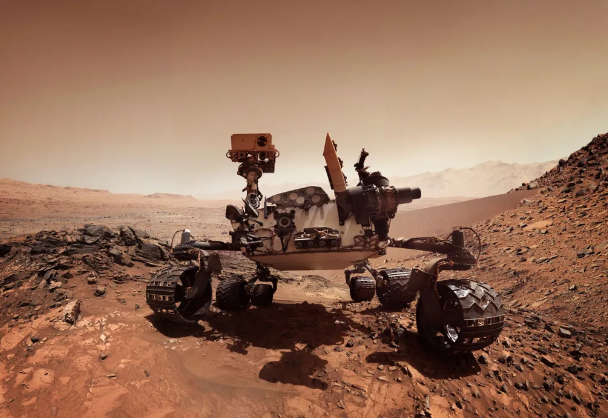
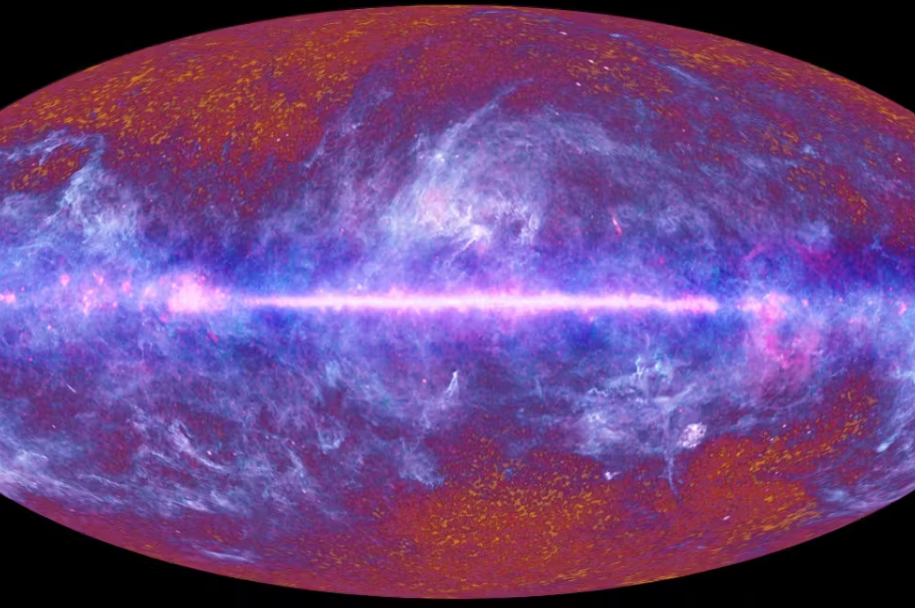

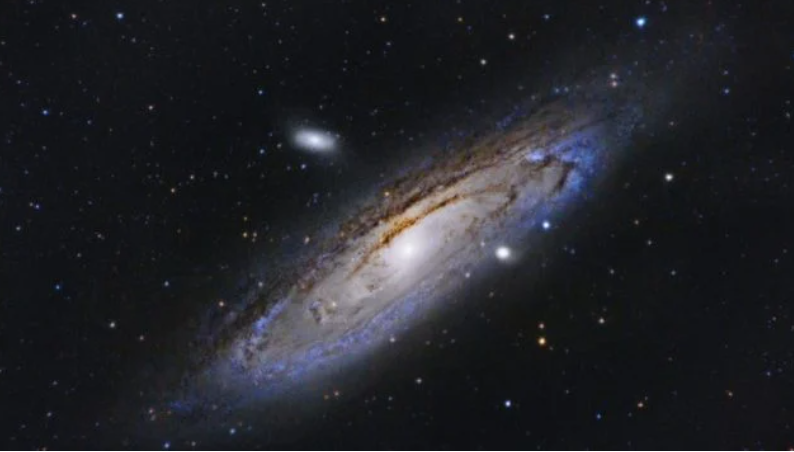
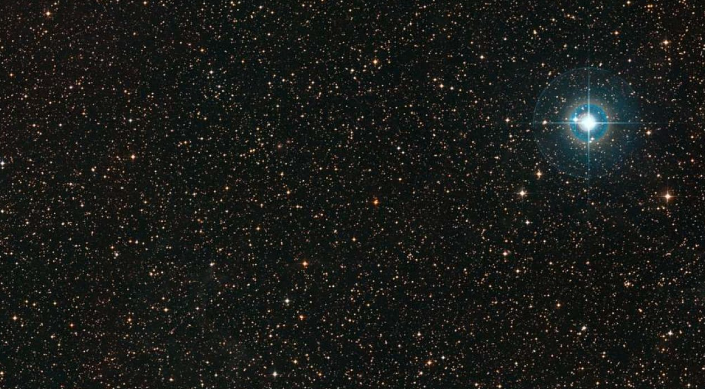
Responses